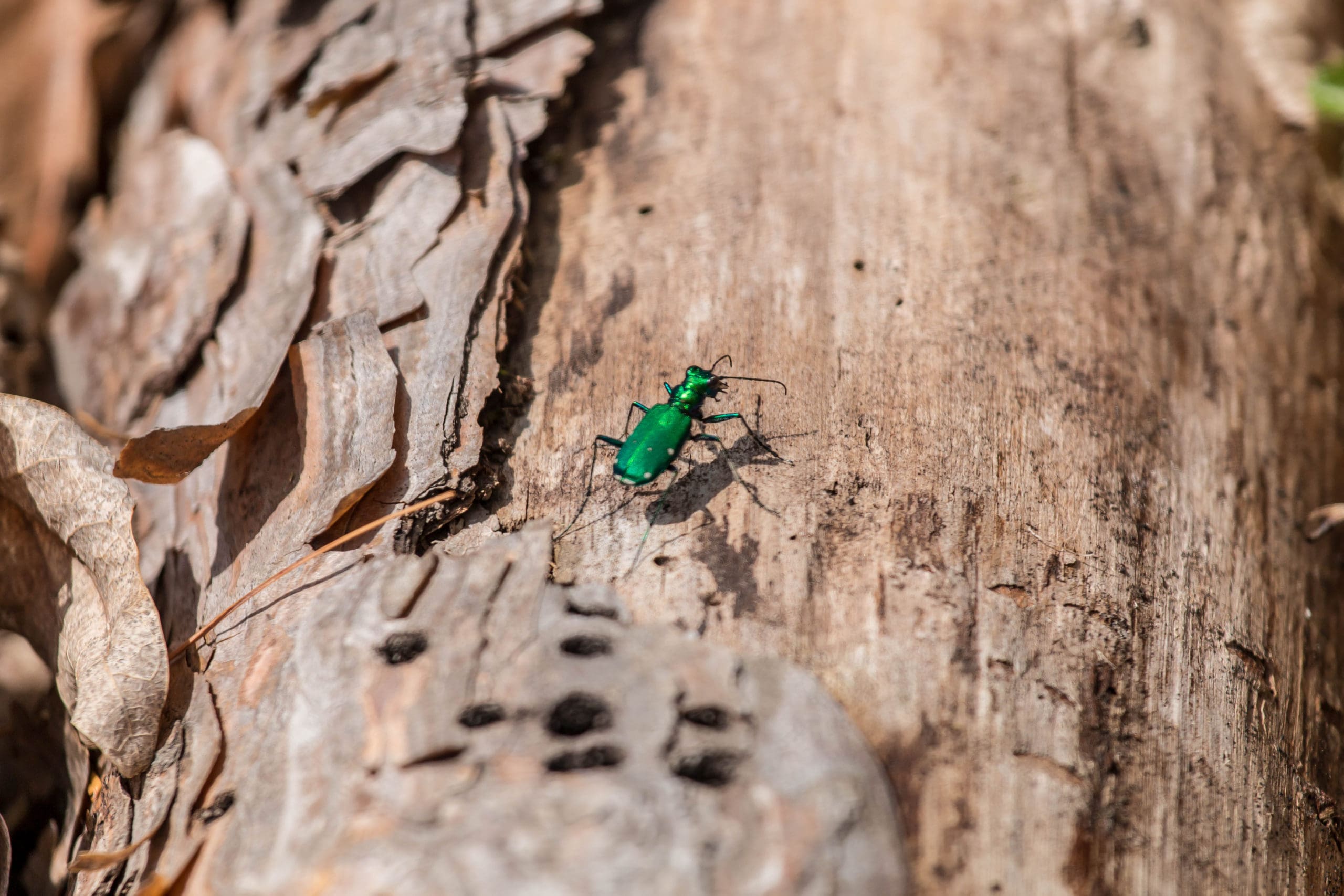
The emerald ash borer has been responsible for destroying trees in huge numbers in the recent past. The jewel green beetle has been responsible for destroying great regions of otherwise mighty and formidable ash trees.
Areas of Ash Borer Infestation
The ash borer, originally from north-eastern Asia, came to the U.S. in 2002 and was first noticed around Detroit. The belief is that they arrived in ash wood meant for stabilizing large crates as they were shipped.
They have now travelled and trees in the south are being attacked, from New Jersey all the way to Florida as well as Oklahoma and Texas. The beetle has left in its wake a path of destruction that is now also slowly moving west. The beetle is adapting to utilize new hosts and it will have serious ecological as well as economic repercussions on the forestry industry.
Damage from Infestation
As of now, the ash borer beetle has killed millions of ash trees. It is estimated that there are over 8.7 billion ash trees in the U.S. Unfortunately, the beetle is well on its way to killing most of them. The damages could result in losses of over 10 billion dollars.
The female beetle lays eggs in the bark and crevices of the ash tree. The larvae then feed off the trees when they hatch. This weakens them from within, cutting off the natural flow of minerals and water through the main bark.
It is easy to spot when a tree has been infested. The fully grown beetle leaves the bark by leaving behind a hole in the shape of a D. However, the tree could have been infested years earlier when the female beetles had first laid their eggs inside the bark. If the bark is peeled apart, then damage inside it can be shocking.
Steps Taken To Restrict the Movement of Ash Borers
Numerous efforts have been taken to stop their destructive journey. Pesticides have been injected into the trunks of trees or fed into the soil from where the trees derive their nutrients. Parasitoid wasps haven been released into the trees which feed on the beetles.
However, with the ash borer reaching higher densities, it is nearly impossible to cull them all before they infest another group of trees. Currently, modern research is focused on developing new strains of the ash tree which would be more resistant to the beetles.
Significant measures have been taken by the experts of the Animal and Plant Health Inspection Service or APHIS, a branch of the US Department of Agriculture. The department has been researching the invasive nature of the beetle and its impact on horticulture, forestry, and agriculture.
Impact of Ash Borer Infestation
Ash trees are responsible for keeping the topsoil in place in the regions they grow. Widespread destruction of the trees will make the region prone to soil erosion. Moreover, the tree is a refuge to a variety of animal life, like birds, insects, and good microbes.
Over the years, regions where ash borers have invaded have observed poorer regeneration of ash trees. If allowed to continue, the tree species might become practically extinct. A biological invasion of this nature is bound to have a huge environmental impact, and the battle of keeping the beetles from multiplying is still raging.



